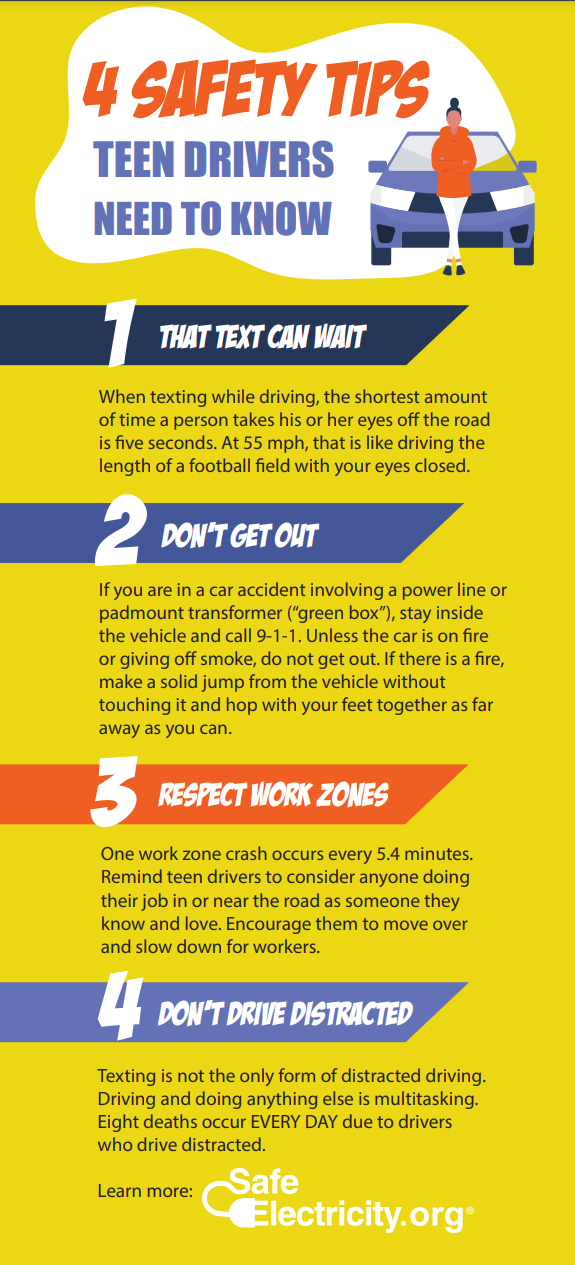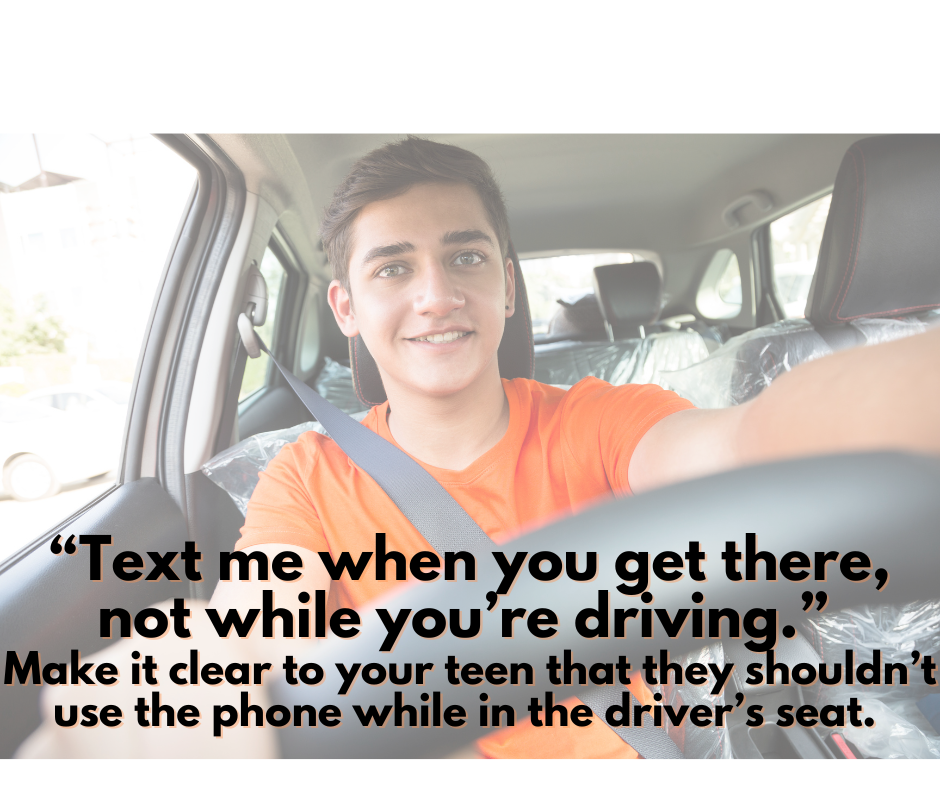888-326-3356 2223 North A St Wellington, KS 67152
Teen Driver Safety

As a parent, you are in the drivers seat.
Parenting teens can be challenging. While some battles aren’t worth fighting, protecting your teen behind the wheel is.
And although no one wants to think about teens being in car accidents, it does happen. Protecting your teen behind the wheel is crucial due to their inexperience, which makes them more susceptible to crashes. Car accidents are a leading cause of death for teens in the U.S., with the highest risk in the first year of driving. Common hazards include additional passengers, speeding, drowsy driving and using phones.
Distracted driving is a major issue, with 3,308 people killed in distracted-affected crashes in 2022, including 2,613 teens, according to the U.S. Department of Transportation. That’s approximately seven teens per day.
Teen drivers often lack the skills and experience needed to avoid fatal crashes, and distractions such as texting can be particularly dangerous. For example, reading a text at 55 mph is like driving the length of a football field with your eyes closed. For this reason, many states have laws against texting, talking on the phone and engaging in other distractions while driving.
There are three types of driving distractions to discuss with your teen:
- Visual, when you take your eyes off the road.
- Manual, when you take your hands off the wheel.
- Cognitive, when you take your mind off driving.



